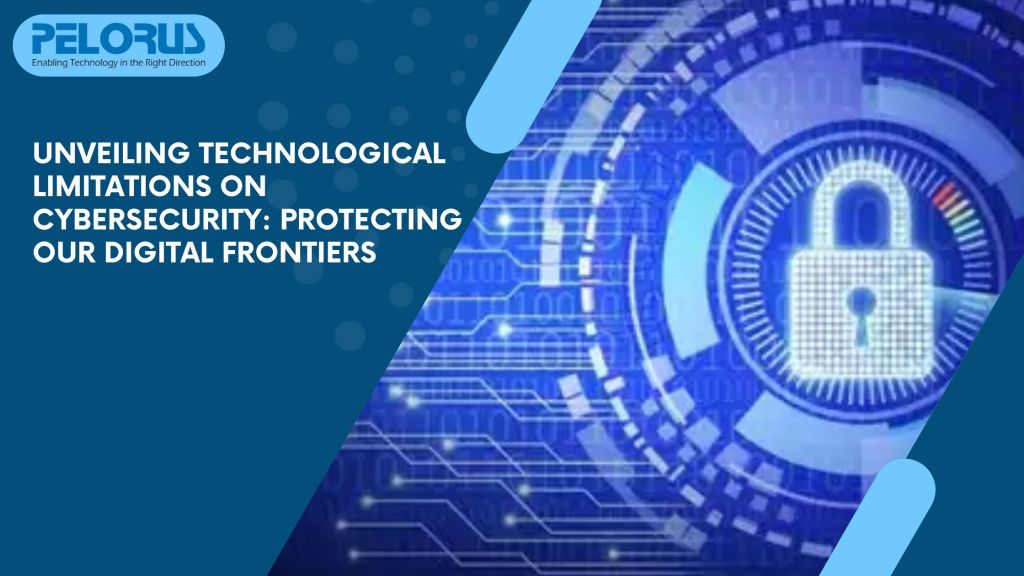
Introduction:
In today’s interconnected world, where technology plays a pervasive role in our lives, the significance of robust cybersecurity measures cannot be overstated. However, alongside technological advancements come limitations and challenges that we must confront. In this blog post, we will explore some of the key technological limitations on cybersecurity faced by organizations and individuals, and discuss strategies to overcome these obstacles and safeguard our digital frontiers.
- Human Factor Vulnerabilities:
Despite advancements in cybersecurity technology, the human factor remains a significant weakness. Social engineering attacks, such as phishing and spear-phishing, exploit human vulnerabilities rather than technical flaws. Cybercriminals employ psychological tactics to manipulate individuals into divulging sensitive information or unknowingly installing malware. To address this limitation, ongoing education, awareness campaigns, and training are crucial to empower individuals to recognize and respond effectively to potential threats. - Incomplete System Visibility:
As organizations adopt complex and diverse IT infrastructures, achieving complete visibility across all systems becomes increasingly challenging. Cloud computing, virtualization, and hybrid environments make it difficult for security teams to effectively monitor and protect every component. This lack of visibility hampers the detection of vulnerabilities or breaches, enabling attackers to gain unauthorized access. Employing comprehensive security solutions, network monitoring tools, and best practices such as segmentation can help mitigate this risk. - Vulnerabilities in Legacy Systems:
Many organizations rely on legacy systems or outdated software that may have security vulnerabilities. These systems were not originally designed to withstand today’s threat landscape, making them attractive targets for cybercriminals. However, upgrading or replacing these systems presents challenges related to compatibility, cost constraints, and potential disruptions. Organizations must implement strategies to minimize risks, such as implementing compensating controls, regularly patching and updating software, and monitoring for potential vulnerabilities. - Advanced Persistent Threats (APTs):
APTs are sophisticated cyberattacks that often target high-value assets or critical infrastructure. They exploit network and system vulnerabilities, remaining undetected for extended periods, compromising sensitive data, and causing significant damage. APTs utilize advanced techniques like zero-day exploits, social engineering, and multi-stage attacks to bypass traditional security measures. Detecting and mitigating APTs require a combination of advanced threat intelligence, behavior-based analytics, and proactive monitoring to effectively identify and respond to potential threats. - Lack of Standardization:
The absence of consistent cybersecurity standards across industries and regions poses a significant limitation. Different organizations adopt varying security practices, making it challenging to establish a unified defense against cyber threats. Moreover, the rapid evolution of technology often outpaces the development of standards and regulations, leaving vulnerabilities unaddressed. Collaborative efforts among industry stakeholders, governments, and international organizations are crucial in establishing and promoting cybersecurity standards that can adapt to the evolving threat landscape.
Conclusion:
While technology continues to drive innovation and progress, it is important to recognize its inherent limitations in the realm of cybersecurity. By understanding and addressing these limitations, we can better protect our digital frontiers. Organizations and individuals must adopt a multi-faceted approach that combines technological advancements with human awareness, robust system visibility, modernization efforts, and standardized security practices. Through these measures, we can strengthen our defenses, stay ahead of cyber threats, and ensure a safer and more secure digital future.
